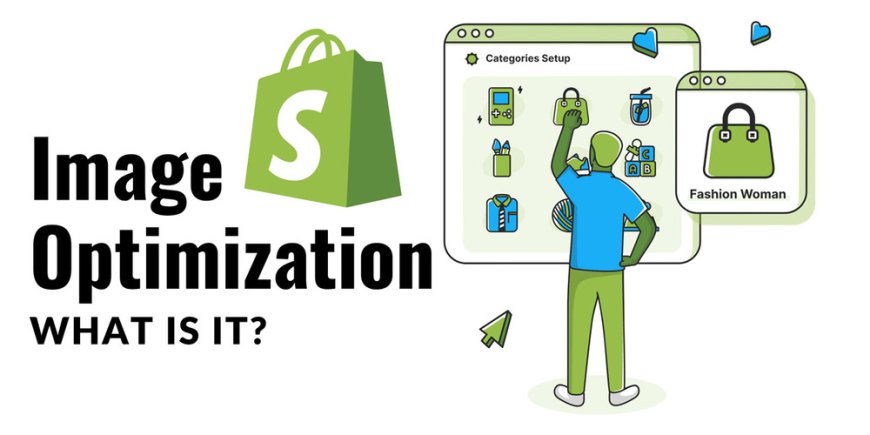Shopify Image Optimization: A Complete Guide for Success
Know the ultimate guide to Shopify image optimization! Learn how to boost your store's loading speed, improve SEO, and enhance user experience with expert tips on compressing, resizing, and selecting the best image formats for your Shopify store.

Optimizing images on Shopify is essential not just for aesthetic purposes but to boost your site’s speed, improve the user experience, and positively impact SEO. This guide outlines why image optimization matters and provides actionable strategies to enhance your Shopify store's performance. To streamline this process, many business owners choose to hire Shopify experts who specialize in optimization and technical SEO, allowing them to focus on scaling their business.
What Is Image Optimization
Image optimization involves adjusting image sizes and formats to maintain quality while reducing file sizes. This helps pages load faster, a crucial factor since Google considers loading speed in search rankings.
Advanced Shopify SEO Strategies: Going Beyond Basic Image Optimization
While image optimization is key, a full SEO strategy requires more. Elements like keyword research, structured data, and page load times all play a part in how well your store ranks. Many store owners find it useful to engage with Shopify SEO services to maximize their store's visibility and ensure their images, content, and technical elements are perfectly aligned with SEO best practices.
Using professional Shopify SEO services is a strategic investment that ensures your store is primed for search engines and better positioned to attract organic traffic.
Why Image Optimization is Important for Shopify Store
E-commerce is visual-heavy, making image optimization critical for attracting customers. Key benefits include:
Faster Loading Times: Prevent high bounce rates due to slow loading images.
Improved User Experience: Quality images that load fast create a smoother shopping experience.
Better SEO: Well-optimized images help with search engine ranking, increasing organic traffic.
10 Strategies for Efficient Image Optimization on Shopify
Proper Naming Conventions
Use descriptive names with keywords (e.g., “blue-leather-jacket.jpg”) to enhance SEO.
Compress Images Before Uploading
Tools like TinyPNG or ShortPixel can reduce file sizes without compromising quality.
Choose the Right Image Size
Shopify recommends images with a width of 2048 pixels for clarity and adaptability.
Use ALT Text for Images
Include relevant keywords in ALT text to improve accessibility and SEO.
Enable Lazy Loading
Load images as users scroll down to improve page speed.
Use CSS Sprites for Icons
Combine icons into one larger image to reduce requests and loading times.
Optimize Thumbnails
Compress thumbnails to improve loading speed on collection pages.
Utilize Image Sitemaps
Help search engines find and index your images by creating an image sitemap.
A/B Test for Optimal Results
Test different optimizations to identify what best improves user engagement.
Prioritize Mobile Optimization
Ensure images are responsive for mobile to avoid distorted or cropped visuals.
Top Image Optimization Tools for Shopify
Crush: Shopify-specific app that helps compress images and optimize for speed.
Avada SEO Image Optimizer: Automates ALT text generation and image compression.
Tiny SEO: Provides both image and general SEO optimizations for Shopify stores.
Final Thoughts
Optimizing images on Shopify is a must to ensure your store is fast, user-friendly, and well-positioned in search rankings. By implementing the strategies and using the right tools, you can enhance your store’s performance and overall success.
